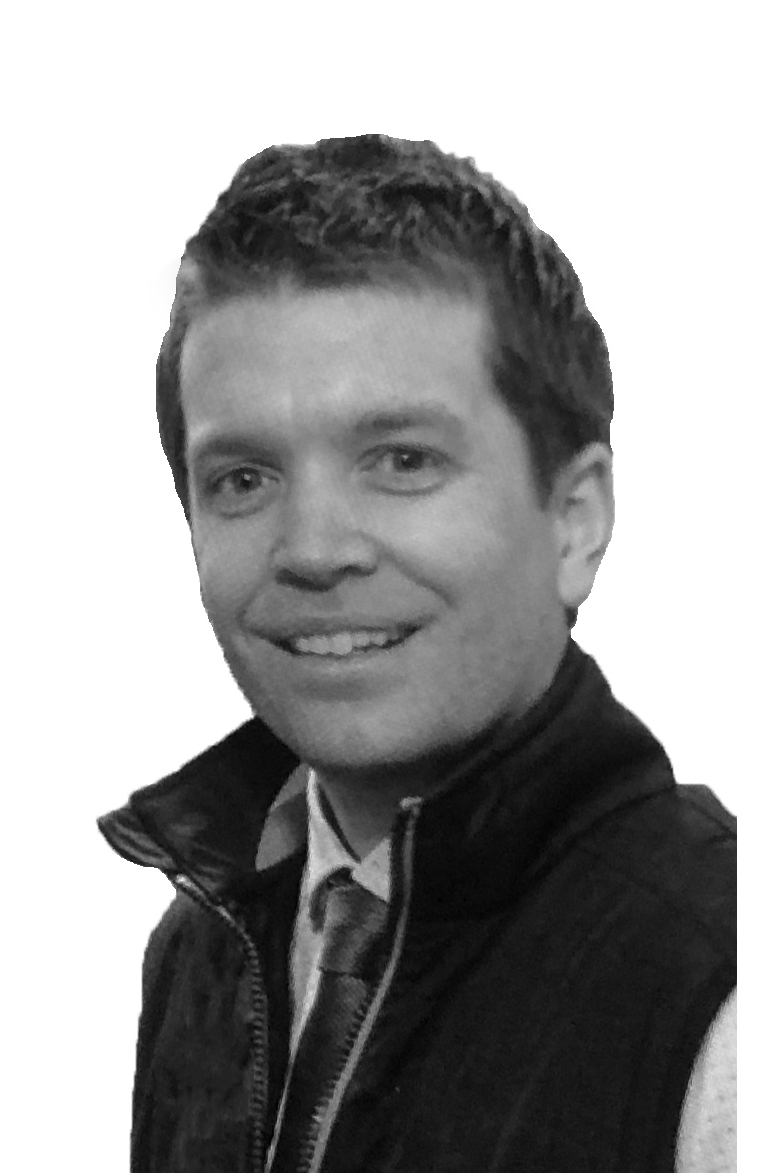Huge potential of thermography is improving building surveys, making buildings greener and helping communicate complications with clients.
As technology improves and the costs of thermal imaging comes down, more industries are embracing the opportunities of thermography.
By creating a thermal image of a building or an asset, you can get a clearer idea as to how it is performing. In doing so, owners and managers can make the necessary changes to reduce environmental impact and work towards positive changes. Greater Manchester has ambitions of becoming a carbon neutral city region by 2038.
Dan Tucker, chartered surveyor and thermographer at Graham + Sibbald, says: “When used in building surveying, thermography gives us an alternative perspective on a buildings fabric and its assets. It gives us a visual image of interpreted heat loss or retention caused by changes in thermal mass, this data is incredibly useful when looking at building defects or recommending certain improvements.
“By analysing and visualising heat loss we can check air tightness, thermal performance and make the right steps towards achieving greener buildings. With a thermal camera, we can also identify thermal mass, and defects that might be invisible or easily overlooked.”
Thermal imaging helps relay a surveyor’s findings to the recipient more easily in an illustrative fashion. A thermally tuned image can improve the report by clearly defining hot from cold and outlining the issues that can be more readily seen by a surveyor.
Tucker adds: “There are things that thermal imaging can recognise that even the most savvy surveyor might miss, such as leaks from an underfloor heating system, inconsistency within cavity insulation, or the location of hidden pipes in a wall. It’s a fantastic, alternative way of looking at a building.”
“We are also using thermal imaging to monitor performance and improve asset management for some of our manufacturing clients. We can identify if components are overheating, and then encourage proactive maintenance to stop an entire production line being brought down.”
Graham + Sibbald is an early adopter incorporating in-house thermography services from the point of view of a building surveyor. As surveyors they can broaden their coverage and improve service levels, setting themselves apart from standard traditional practices, also reducing the need to bring in a separate thermographer who may not fully understand the building fabric.
The firm is committed to innovating, having invested in Dan’s learning and building up the skills base in the office. It has also utilised drone technology alongside thermal imagery to reduce the necessity of scaffolding, road closures and several people being on site.
Awareness of the potential of thermography is becoming more mainstream, recently including the expansion of use in to Covid detection measures with thermal cameras being installed within workplaces. The increase of familiarity ensures recipients of reports are better prepared to understand the information provided.
Tucker adds: “As a thermographer, you have to compensate the impacts of the environment, reflectivity of surfaces and ambient temperatures. In doing that we can interpret and track base load data in order to provide our clients with reliable quantitative reports as required.
“We have picked up various building fabric issues such as roofing defects and damp within walls, but some of our best and most exciting results have been in the asset management side of things. Manufacturers can face costs of tens of thousands of pounds per day if production lines go down, being able to identify weaknesses and work proactively to repair or replace critical items of plant, is a great benefit for customers, rather than working on something pro-actively.”
The Manchester office was the second of the company’s offices in England, after London and before the opening of a Birmingham office.
Graham + Sibbald has more than 230 staff members and 23 Partners working across their 20 UK offices in Scotland and England.






